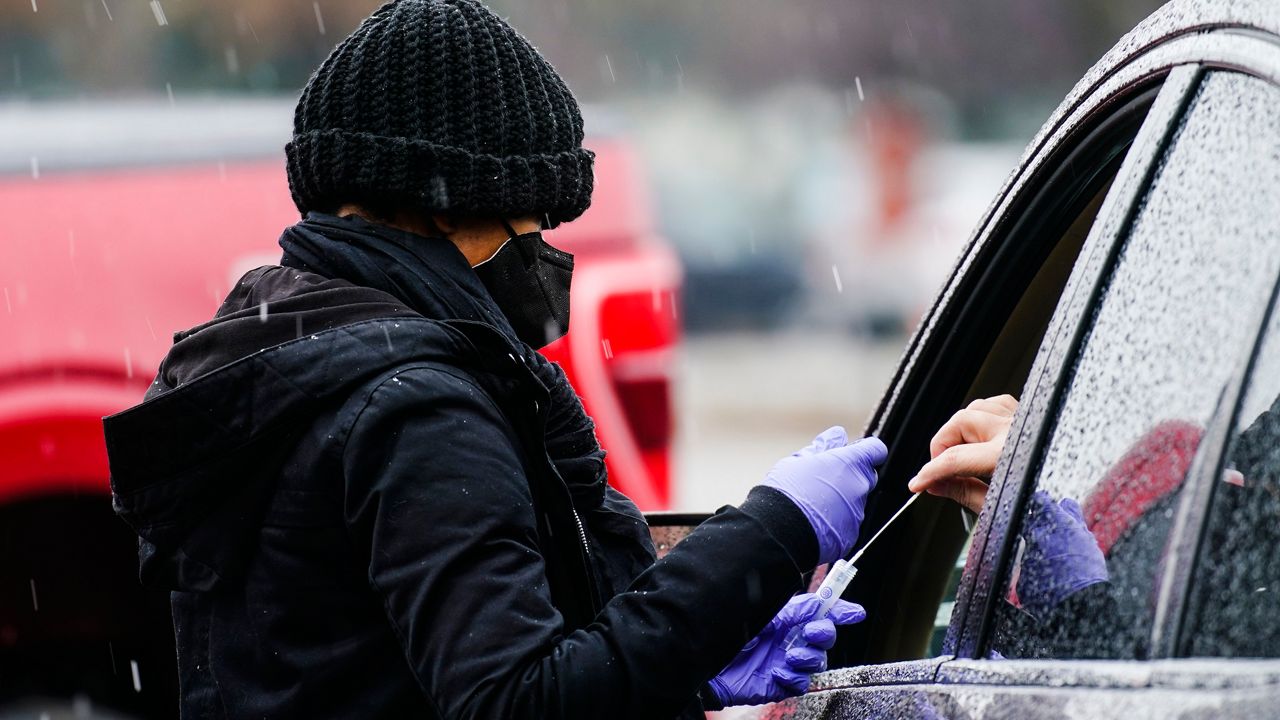COLUMBUS, Ohio — State health officials told local health departments that they can shift away from universal contact tracing to focus their efforts on clusters and transmission in high-risk settings.
What You Need To Know
- Health departments were advised to focus on clusters and high-risk settings
- Schools should report cases to their local health departments on a weekly basis
- The change comes as the volume of cases was overwhelming contact tracers
Ohio Department of Health Director Dr. Bruce Vanderhoff sent a letter to health departments and K-12 school superintendents outlining the new recommendations, he said during a news conference Thursday.
Vanderhoff said universal contact tracing has become nearly impossible due to the sheer volume of cases during the omicron surge.
“The most important steps that we can take are to focus on areas where we're seeing an unusual degree of activity, a cluster of cases or clear indications of a localized outbreak, as well as focusing our efforts on environments where we really work very hard to prevent any degree of transmission – many of our congregate care living environments – and intervene rapidly there,” Vanderhoff said.
As far as the high-risk settings, health departments were advised to focus on places including, shelters, correctional facilities and nursing homes.
Schools were advised that they may also discontinue universal contact tracing. Vanderhoff said that schools should report cases to their local health departments on a weekly basis, and the health departments should conduct outbreak investigations in the event of a cluster of cases at a school.
Schools should also continue to follow the state’s “Mask to Stay, Test to Play,” protocols, which allow asymptomatic students who are exposed to the virus to remain in the classroom if they wear a mask.
When someone contracts the virus or is exposed to COVID-19, they should take the same precautions that were previously in place, officials said.
That includes staying home if you are sick for at least five days or until symptoms improve, and then wearing a mask for five days.
People who are exposed and asymptomatic should follow the appropriate protocols, which are based on vaccination status.
Vanderhoff said most schools have not been performing universal contact tracing in recent weeks because they have not had the resources to do it.
“The reality was that there was virtually no school that was able to universally contact trace students all across their district,” he said.
With the omicron variant so prevalent in Ohio, vaccination and masking are the best ways to keep students safe, he said. Contact tracing is less useful and less practical when the virus is so rampant, he said.
“We have to understand that the omicron variant is substantially different. It has really changed the complexion and picture of COVID-19,” Vanderhoff said.



